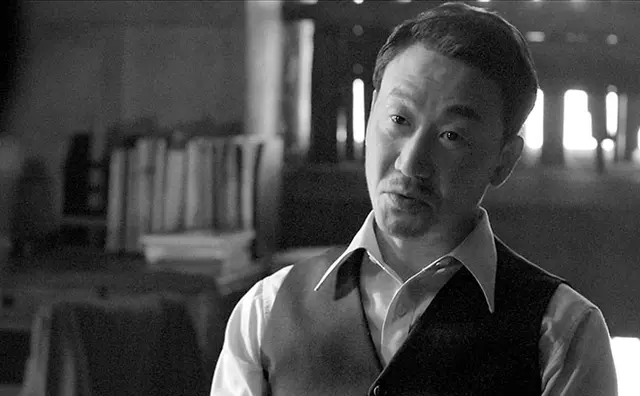Fascinated by South Korean cinema, which has boomed this century, Japanese actors and cineastes have crossed the sea to work in their neighboring country’s film industry.
As native Japanese speakers, they have become indispensable assets, especially for South Korean films set during Japanese colonial rule.
Third-generation ethnic Korean actor Kim In-woo, 51, entered the limelight after he played a Japanese detective in “Dongju: The Portrait of a Poet,” released in February 2016 in South Korea.
Directed by Lee Joon-ik, who is known for “The King and the Clown” and other movies, the film follows the life of beloved South Korean poet Yun Dong-ju.
A Miyagi Prefecture native and then-aspiring actor, Kim went to Tokyo to pursue an acting career when he was 20. He appeared in many Japanese films and TV shows under the name Hiroto Tamura. Kim went to Seoul to study Korean in 2008, before making his screen debut in the country in 2009.
The actor went on to appear in films of the colonization period including “Assassination,” “Dongju” and “The Last Princess.” Kim has roles in about 20 movies in which he played a Japanese character, including Lee’s upcoming “Park Yeol.”
Many Japanese veteran actors appeared in South Korean films last year, including Jun Kunimura in “The Wailing,” Shingo Tsurumi in “The Age of Shadows” and Ren Osugi in “The Tiger.” Following in Kim’s footsteps, there is a gradual increase in the number of actors from Japan working in South Korea, with at least 11 of them apparently based there.
“In spite of political matters, exchanges between the Japanese and South Korean film industries are deepening,” Kim said. “I’d be happy if our interactions increase even more from now on.”
Kim also appeared in director Park Chan-wook’s “The Handmaiden,” for which a Japanese crew member joined as an assistant director. Ishikawa Prefecture native Shinsuke Fujimoto, 37, has accumulated his experience in the South Korean film industry since 2004 and won the trust of top directors such as Park.
“The Handmaiden” was one of the feature films presented in competition at the Cannes Film Festival last year. Known for his “Joint Security Area” and other hits, director Park has earned worldwide popularity. Although the new film is based on Sarah Waters’ novel “Fingersmith,” which is set in 19th-century Britain, the locale has been changed to Korea under Japanese rule.
The production began in Mie Prefecture as it required a lot of on-location shooting in Japan. Fujimoto was in charge of production aspects related to filming in Japan, ranging from location scouting to negotiations for filming on site, art direction and props.
Fujimoto went to South Korea as an exchange student in 2001 after he became friends with students from the country when he was attending college. He returned to South Korea as soon as he graduated, hoping to work in the film industry there.
While Fujimoto has worked on many South Korean films including “My Way” (2011), for which he served as interpreter for the film’s star, Joe Odagiri, the assistant director also plays an active part for filming Japanese films on location in South Korea.
Although “I Am a Hero” (2016) is a Japanese movie that has nothing to do with South Korea, two-thirds of the film was shot in the country. Fujimoto searched high and low to find location sites similar to places featured in an original horror manga on which the film is based.
“It’s an ideal set-up,” Fujimoto said. “When Japanese and South Korean staff join hands, we can expand the scope of cinema.”
(The asahi Shimbun)
 简体中文
简体中文



